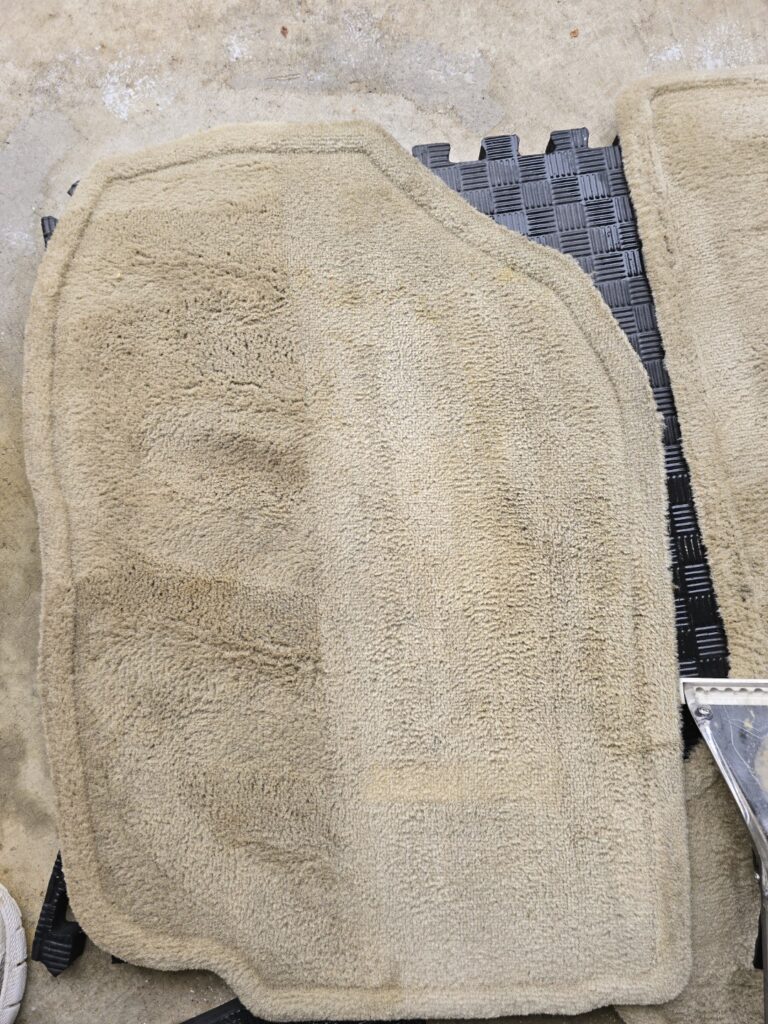
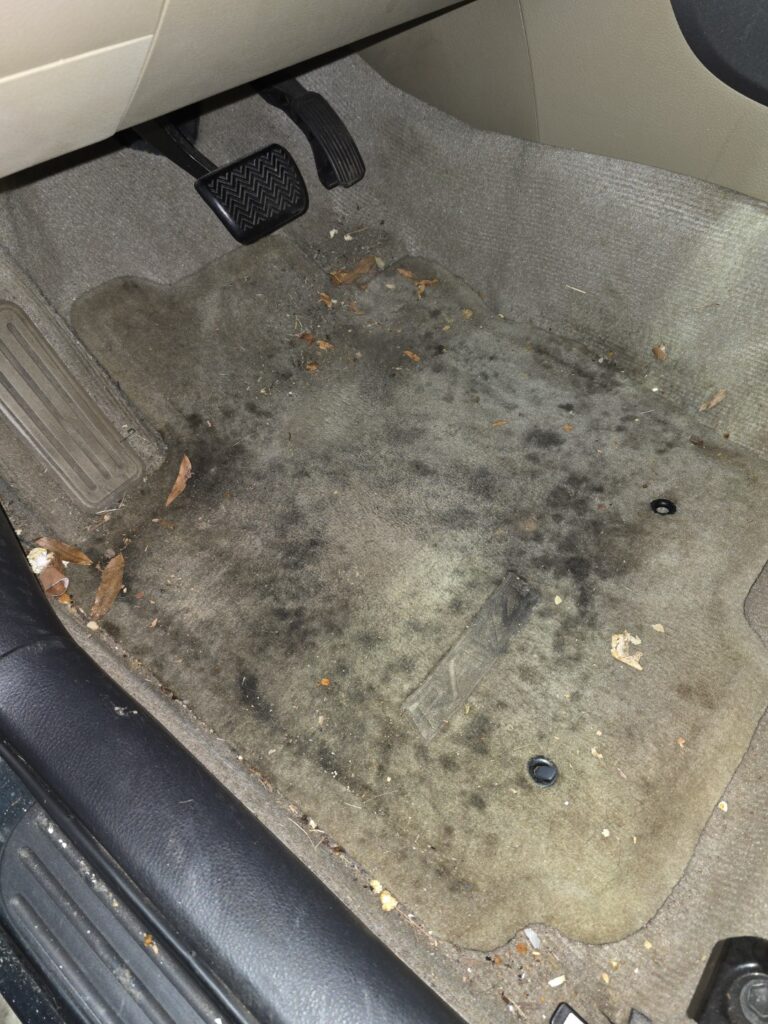
Let’s talk about a decision that almost every car owner faces at some point: Should you roll up your sleeves and detail your own car, or should you pay a professional to do it? Some people love the hands-on process of getting every nook and cranny squeaky clean; others prefer letting the pros handle it. But the real question is this: which option actually saves you more in the long run—both in terms of money and time? Let’s dive deep into the topic so you can decide what works best for you and your set of wheels.
Understanding Auto Detailing
Auto detailing is so much more than grabbing a hose and rinsing off your car. It’s like giving your vehicle a well-deserved spa day—a day of pampering, polishing, and perfecting every square inch of its surface. When done right, detailing keeps your car looking brand new and helps preserve its resale value.
The Difference Between Washing and Detailing


A simple car wash is like a quick shower, whereas auto detailing is a full-on spa treatment. Washing your car typically involves hosing it down, soaping it up, and rinsing it off. Detailing, on the other hand, includes:
- Deep cleaning of the interior and exterior
- Polishing and waxing for paint protection
- Upholstery care
- Tire and rim cleaning
- And sometimes even headlight restoration
Ever notice how a quick wash might leave behind water spots or even swirl marks on your paint? That’s because you haven’t gone through the entire detailing process. Detailing is thorough, meticulous, and aims for that showroom shine.
Why Detailing Is Important
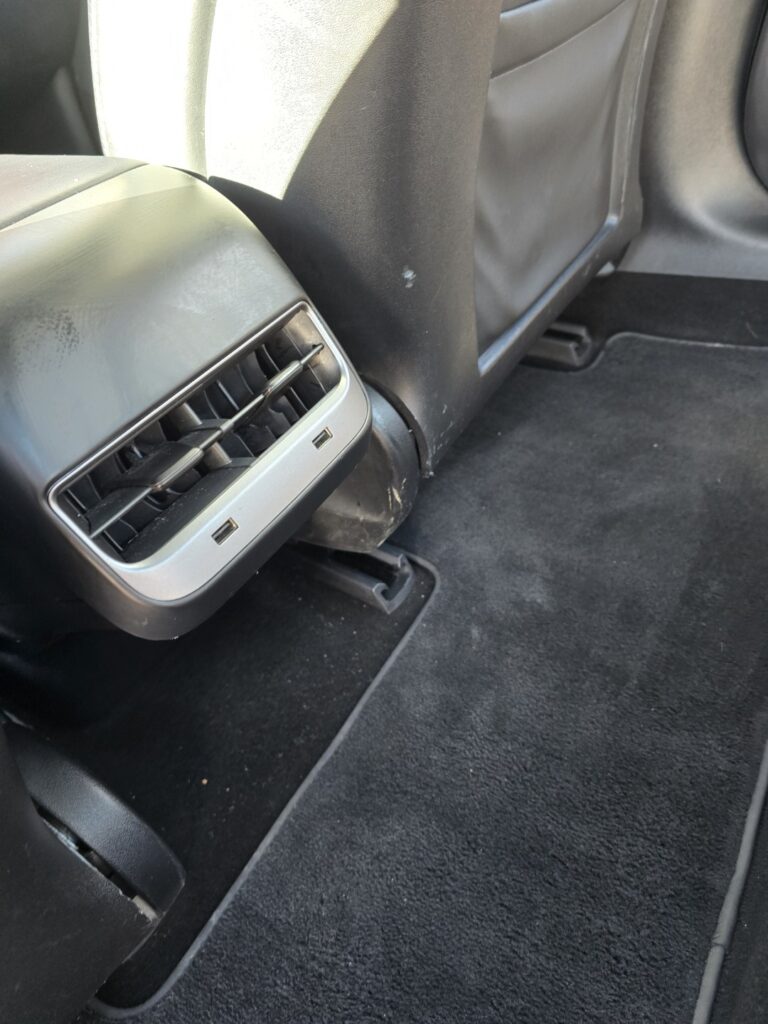

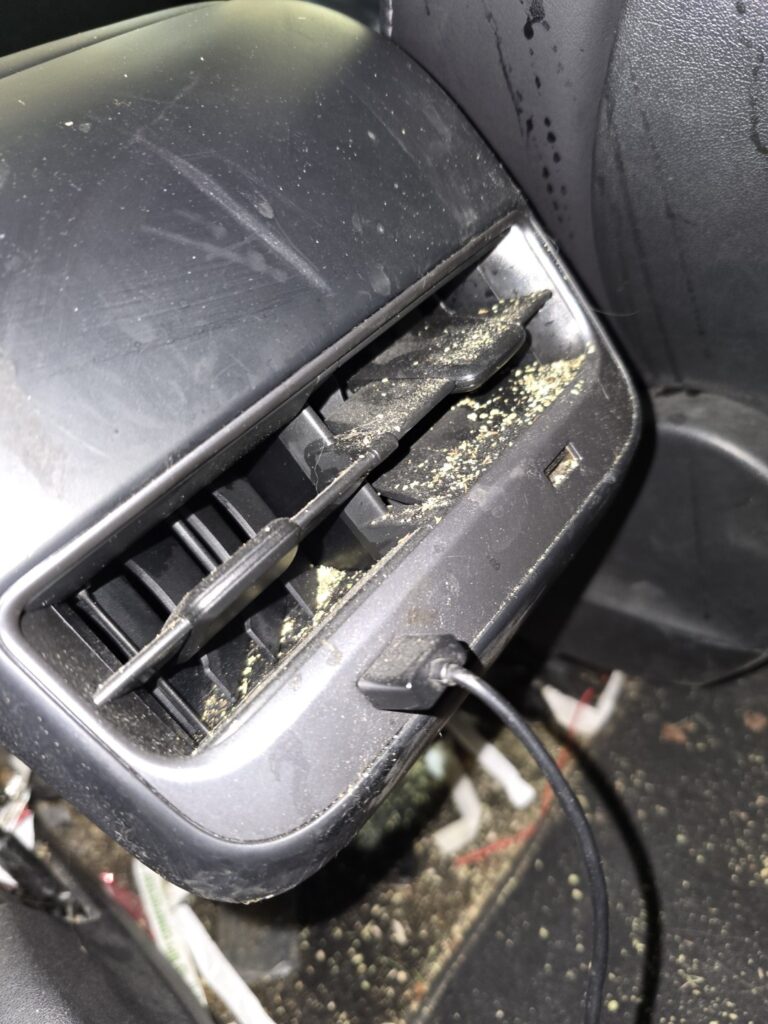
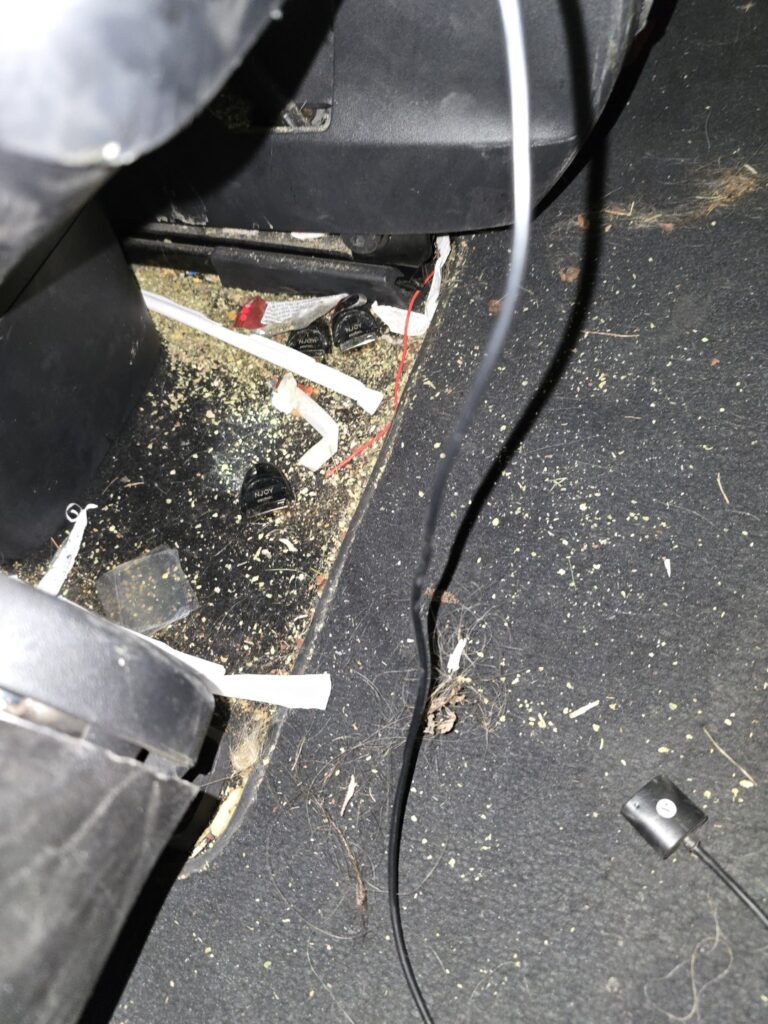
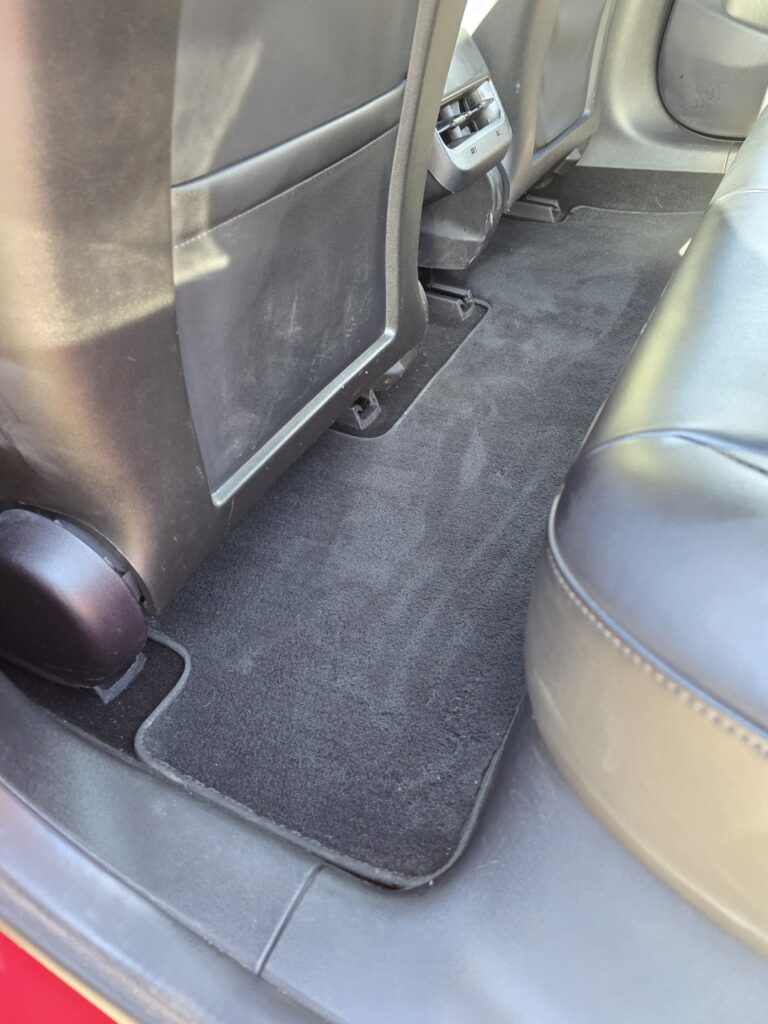
Detailing isn’t just for looks. While it’s true that a detailed car can be a real head-turner, detailing also serves practical purposes. It helps preserve your car’s exterior paint, protects interior materials from wear and tear, and removes harmful contaminants like road salt, sap, and bird droppings. In other words, detailing can actually extend the life and value of your vehicle. Think of it as preventative maintenance—an ounce of prevention beats a pound of cure, right?
The Basics of DIY Detailing
If you’re considering tackling the job yourself, you’re in good company. Plenty of people find satisfaction in rolling up their sleeves and making their car sparkle. But before you jump in, it helps to know what you need and how to do it. After all, we’re not just wiping windows here; we’re caring for a significant investment.
Essential Tools for DIYers
Any successful project begins with proper tools. Imagine trying to paint a masterpiece without the right brushes or paints. The same goes for auto detailing.
Buckets, Sponges, and Microfiber Cloths
You might think any old rag will do, but using the wrong cloth can scratch your paint. Microfiber cloths are best for car exteriors because they’re gentle yet highly absorbent. It’s also a good idea to have two buckets: one for the soapy solution and one for rinsing your tools. This way, you avoid contaminating your wash bucket with debris.
Cleaning Solutions and Protectants
Invest in high-quality soaps, cleaners, and protectants specifically designed for automobiles. Using dish soap might seem economical, but it can strip away protective wax layers and potentially damage your paint over time. Meanwhile, protectants like wax or sealant help keep your exterior safe from UV rays, dirt, and minor scratches.
Step-by-Step DIY Process
If you’re ready to get started, you’ll need a good plan. Think of it as your game plan—mapping out your approach keeps you from missing any important steps.
Interior Cleaning
- Remove clutter: Empty out any trash or personal items.
- Vacuum thoroughly: Get into every nook and cranny, including under the seats and floor mats.
- Wipe surfaces: Use an interior-safe cleaner to wipe the dashboard, console, and door panels.
- Clean windows: Grab a streak-free glass cleaner. Make sure you roll the windows down slightly to get the top edges.
- Deodorize: A dedicated car freshener can work wonders, or even a simple baking soda solution can remove musty odors.
Exterior Washing and Polishing
- Rinse the car: Start from the top, working your way down to remove loose dirt.
- Wash with soap: Use a clean microfiber mitt and a high-quality soap. Go in straight lines to avoid swirl marks.
- Rinse again: Don’t let the soap dry on the paint. Keep the surface wet until you’re done.
- Dry carefully: Use a microfiber drying towel or chamois to blot the car dry.
- Polish the paint: Apply a polish to remove minor scratches and swirls, working in small sections at a time.
Final Sealant Application
After polishing, applying a wax or sealant offers an extra layer of protection. If you think of your car’s paint as skin, the sealant is like sunscreen—crucial for protection against the elements. Buff it out to get that shine you’ve always dreamed of.
Professional Auto Detailing
Now, if you’d rather let someone else sweat the details, professional detailing might be for you. Trained detailers have the experience—and often the specialized equipment—to handle your car with the utmost care.
Services Offered by Pros
Different detailing packages offer a wide range of services. Depending on your budget and needs, you can go as basic or as elaborate as you like.
Interior Detailing
Professionals don’t just vacuum. They may use steam cleaning or specialized shampoos to remove stubborn stains. Leather seats get cleaned and conditioned, vinyl surfaces are polished, and your vents might even get a compressed air treatment. Imagine your interior looking and smelling like it just rolled out of the factory.
Exterior Enhancement
From clay barring to machine polishing, professionals are trained to remove embedded contaminants and scratches that DIY methods might not fully tackle. Some shops even offer paint correction—a multi-step process that eliminates deeper imperfections in your paint.
Specialty Treatments
Professional services can also include ceramic coatings, high-end wax applications, headlight restoration, and even engine bay cleaning. These specialized treatments might come with a higher price tag, but they can dramatically improve your vehicle’s appearance and longevity.
The Cost of Professional Services
How much does it cost? That depends on what you’re having done. A basic exterior detail might run you anywhere from $50 to $100, while a full interior-exterior job could be a few hundred dollars or more. Specialty treatments like ceramic coatings can set you back several hundred to well over a thousand dollars. The upside? You get the peace of mind that your car is in expert hands, plus you save yourself time and effort.
DIY vs Professional: Cost Comparison
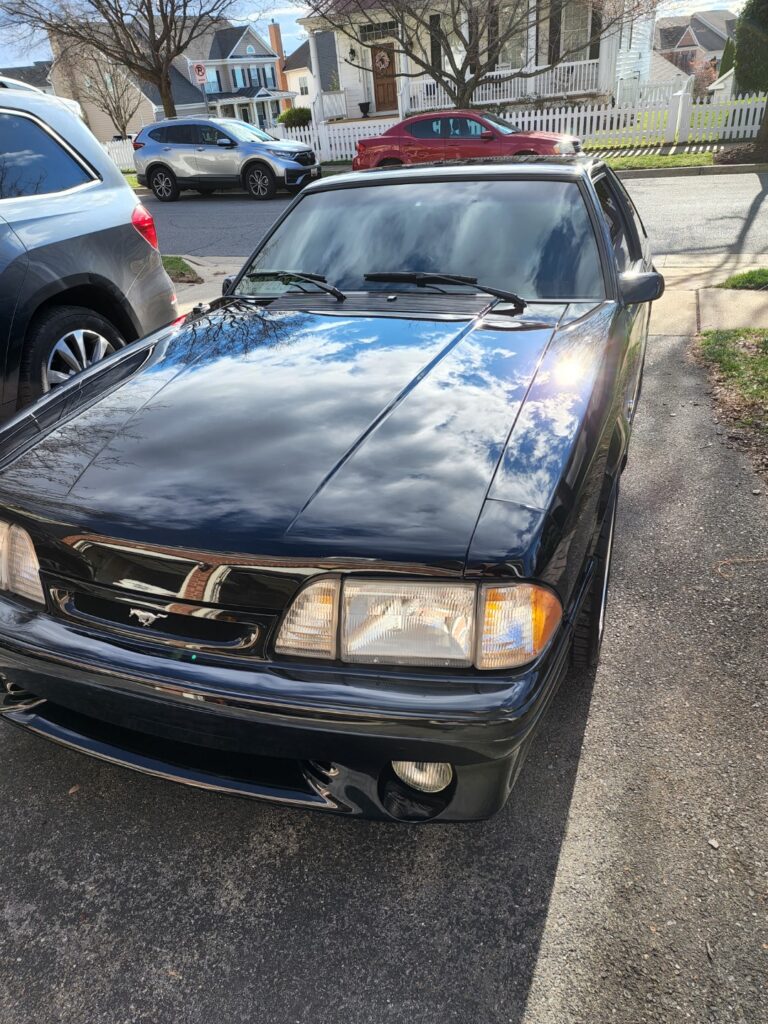
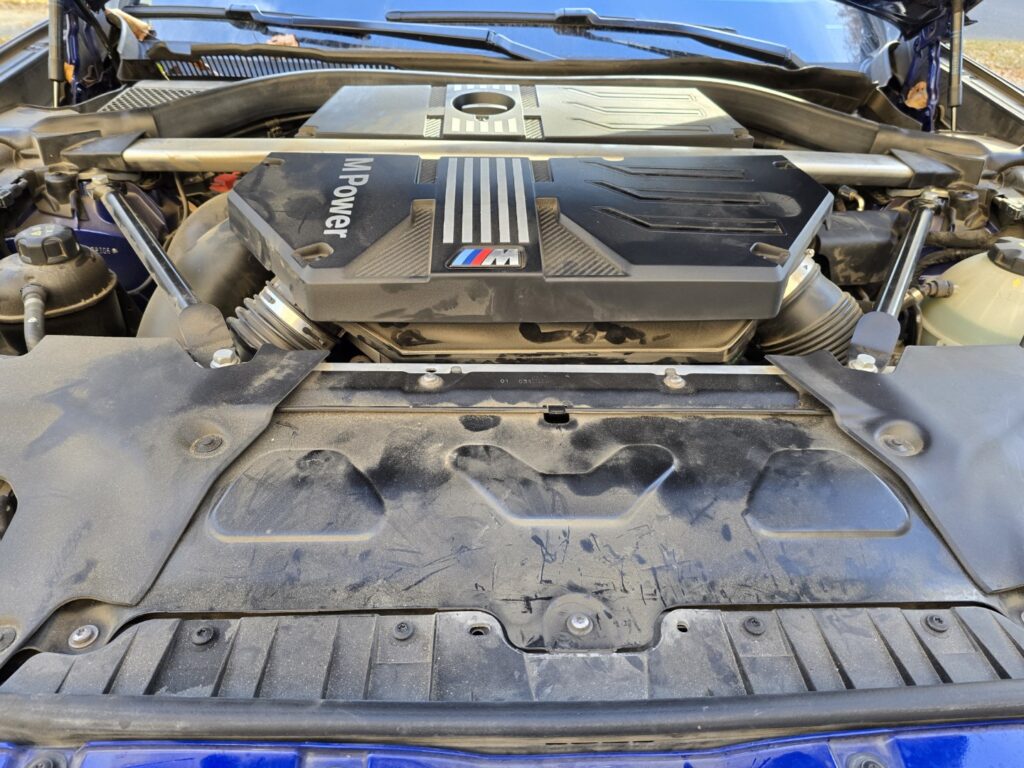
When comparing DIY to professional detailing, cost is often the deciding factor. But it’s not just about how much you spend in one day; it’s about your expenses in the long run.
Initial Costs for DIY
If you’re starting from scratch, you’ll need to invest in equipment—buckets, microfiber cloths, a quality mitt, brushes, specialized cleaners, waxes, polishes, and potentially even a machine polisher. These initial purchases can easily climb to $100-$200 or more, depending on the products you choose.
Long-Term Costs for DIY
Once you have your initial toolkit, your ongoing expenses will primarily be refill products like soaps, waxes, or polishes. You might also need to replace worn-out microfiber cloths or brushes over time. However, these costs are generally lower compared to continuous professional services.
Costs for Hiring a Professional
Professional detailing might cost more per session, but do you really need to go every month? Some people opt for one or two professional details a year, especially before winter or after a harsh season. It’s worth noting that if you include specialized treatments like ceramic coating, your car could stay cleaner for longer, potentially saving you money on regular washes.
Time and Effort
It’s often said that time is money. While DIY detailing can save you some cash, it will cost you in labor—your own labor.
How Long DIY Takes
A thorough DIY detail can take anywhere from a couple of hours to a full day, depending on your experience, the condition of your car, and how meticulous you are. If you’re someone who loves tinkering with your vehicle, it might feel less like a chore and more like a Zen activity. For others, it could be a time-consuming hassle.
Time Saved by Hiring a Pro
On the other hand, a professional detailer could knock out the same tasks in half the time or less, thanks to their expertise and professional-grade tools. If you’re super busy juggling work, family, or social commitments, paying for a detail service can be a time-saver. You could be focusing on other aspects of your life while the pros pamper your ride.
Quality of Results
So, how do the end results compare?
Common DIY Pitfalls
If you’re not careful with your technique or products, you could inadvertently scratch your paint or do a subpar job on the interior. Using cheap sponges or towels that aren’t designed for cars might leave swirl marks. Skipping steps—like properly drying your vehicle—can lead to water spots or streaks.
Advantages of Professional Expertise
Pros do this every day. They know how to handle different paint types, the right pressure to apply with a polisher, and which products work best for each surface. You’re paying for their expertise, and in many cases, the results can be absolutely stunning. If you’ve ever seen a freshly detailed show car, you know what professional-level quality looks like—mirror-like reflections, a perfect interior, and that new-car smell we all secretly adore.
The Learning Curve
DIY is all about learning through trial and error, which can be frustrating at first but rewarding once you get the hang of it.
Mistakes Beginners Make
- Using the wrong products: Dish soap can dry out paint and strip wax.
- Skipping steps: Many people don’t realize the importance of claying the surface before polishing.
- Rushing the process: Detail work is, by definition, detailed. You can’t rush the final shine.
Resources to Learn DIY
Thankfully, we live in the age of online tutorials. YouTube channels, detailing forums, and even local workshops can teach you the ropes. With patience, you can become proficient enough to achieve near-professional results—especially if you invest in a decent machine polisher and quality products.
When to Choose DIY Over Professional
DIY might be your go-to if:
- You enjoy hands-on work: Some people find detailing therapeutic. If it’s more fun than chore, why not?
- You’re on a tight budget: If money is your main concern, you can definitely save by doing it yourself.
- You like to control every detail: Being in the driver’s seat (literally and figuratively) can be satisfying.
If you have the time and interest, DIY detailing offers a sense of accomplishment. Plus, you gain valuable skills that you can use for the rest of your car-owning life.
When Professional Detailing Is the Better Choice
Professional detailing might be better if:
- You don’t have the time or patience: Sometimes it’s just easier to hand over the keys and let someone else handle it.
- You want absolute perfection: Pros have specialized tools and training.
- You have a high-value or rare vehicle: Minimizing the risk of mistakes can be crucial if your car is a collector’s item.
If you’re someone who values convenience or you simply don’t trust yourself to get all the details right, paying a professional can be worth every penny.
Safety Considerations
Detailing isn’t usually risky, but it does involve chemicals and some physical labor.
Chemical Usage and Handling
Some cleaning agents can irritate your skin or eyes if you’re not careful. Read labels, follow instructions, and make sure you’re working in a well-ventilated area. If in doubt, consult a professional.
Protective Gear
Gloves, goggles, and even a face mask aren’t overkill. If you’re using a machine polisher, be cautious with electric cords and water. Safety first!
Balancing Budget and Value
At the end of the day, balancing your budget against the value you get is key. DIY is cheaper in the long run, assuming you stick with it. But if you’re inconsistent or prone to skipping steps, you might end up spending more to fix damage later. Meanwhile, professional detailing can be costlier per visit, but you might need fewer visits if the job is done thoroughly and with higher-quality products.
Case Studies
Car Enthusiast’s Perspective
Take John, a car enthusiast who drives a classic muscle car. He details his vehicle every weekend, cherishing the process like it’s a ritual. He invests in top-tier products and has learned advanced techniques over the years. For John, DIY is the clear winner—it’s his passion, and he’s built up a professional-grade skill set over time.
Busy Professional’s Perspective
Then there’s Sarah, who’s a busy corporate executive. She drives a luxury sedan and has no time to detail it herself. She prefers to drop her car off at a professional detailer once a month. It costs her a fair chunk of change each time, but she’s willing to pay for convenience and guaranteed results. For Sarah, professional detailing saves her precious time, which she values more than the money she spends.
Environmental Impact
Whether you choose DIY or professional, it’s important to consider your environmental footprint.
Eco-Friendly Cleaning Products
Many DIYers are surprised by the range of eco-friendly products available. Biodegradable soaps and low-VOC (Volatile Organic Compounds) polishes can reduce the negative impact on the environment. If you’re concerned about the planet, look for green-label products.
Water Usage
Water usage is a big concern. A driveway wash can use dozens of gallons of water, while some professional detailers have water reclamation systems to minimize waste. Some shops even offer waterless or low-water detailing methods. That can be a significant factor if you live in an area with water restrictions.
Conclusion
So, which route saves you more? It boils down to how you define “saving.” DIY detailing can save you money in the long run, especially if you’re willing to invest initial time and resources to learn the ropes. You’ll gain valuable skills, control every aspect of the process, and only spend on products rather than labor. On the flip side, professional detailing saves you time—often a lot of it—and provides results that can be hard to replicate on your own. Plus, the ease and convenience might be worth the higher cost. Essentially, if you value your free time and want a guaranteed top-notch outcome, professional detailing might be the way to go. If you’re up for the challenge, enjoy hands-on projects, and prefer the cost savings, DIY is for you.
Ultimately, it’s your car and your budget. Evaluate how much time and money you can allocate, and what kind of results you’re after. Once you’ve answered those questions, you’ll know exactly whether to strap on those rubber gloves or call your local detailing expert.
FAQs
- Q: Can I mix DIY and professional detailing services?
A: Absolutely. Some people perform regular maintenance themselves and schedule professional detailing for seasonal deep cleans or special occasions. - Q: How often should I detail my car if I do it myself?
A: Aim for a thorough detail at least twice a year. You can do minor touch-ups and quick interior cleanings as often as you like to keep your car looking its best. - Q: Is it worth using a ceramic coating instead of wax?
A: Ceramic coatings offer longer-lasting protection compared to traditional wax, but they require more prep work and can be pricier. However, if you’re looking for durability and a high-gloss finish, it’s worth the investment. - Q: Can I damage my car’s paint if I use the wrong polisher?
A: Yes, using a polisher without proper training can cause swirl marks or even burn the paint. If you’re a beginner, start with a dual-action polisher and be cautious with pressure and speed settings. - Q: Does professional detailing always guarantee better results?
A: Generally, professionals offer higher-quality results due to experience and specialized equipment. However, a dedicated DIYer with the right knowledge and tools can achieve near-professional quality as well.
